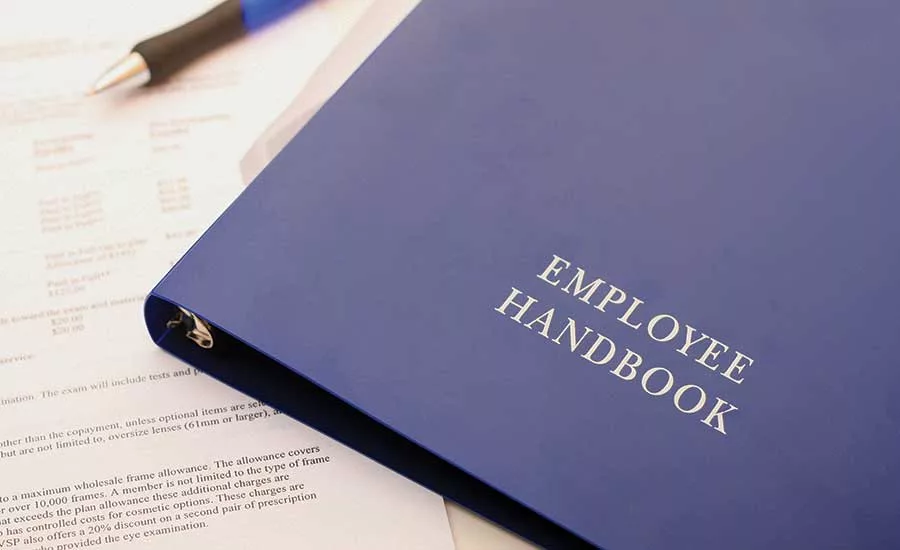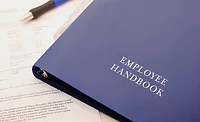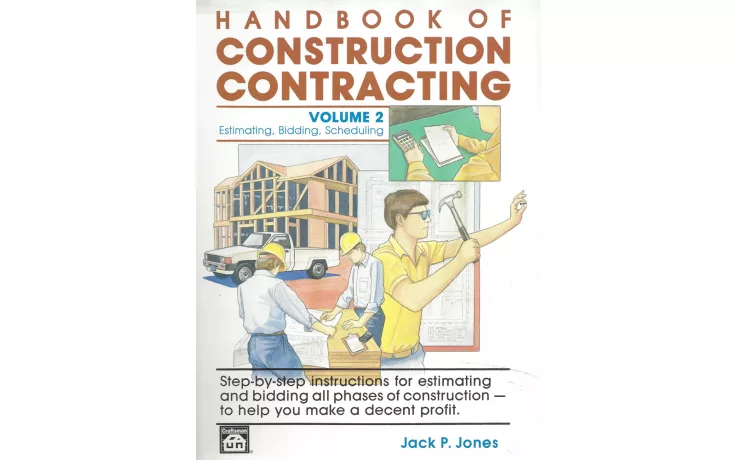Feds Increase Scrutiny of Employer Handbook Provisions

Under President Donald Trump’s administration, employers may be able to anticipate many changes in the regulatory and legal environment. In particular, the National Labor Relations Board (NLRB), which had been very pro-union under President Barack Obama, may shift its focus.
Just one example includes how federal regulators in recent years have increasingly scrutinized many parts of employee handbooks and found that they could be illegal under the National Labor Relations Act (NLRA). Consider a recent case involving T-Mobile USA, which had handbook provisions designed to maintain a professional work environment. According to one of the company’s rules, “Employees are expected to maintain a positive work environment by communicating in a manner that is conducive to effective working relationships with internal and external customers, clients, co-workers, and management.”
In a ruling in April 2016, the NLRB struck down that provision, among others. In that case, the NLRB upheld a ruling that determined it to be illegal. But the NLRB went even further, ruling that other handbook provisions were too broad.
The decision represents a trend where the NLRB declares that many rules could limit union activity — even when employers never intended to restrict workers’ rights. While that may change, any change could take some time. Meanwhile, employers need to understand whether their handbook provisions, which are designed to minimize risk, could actually get them in more trouble.
Section 7 Rights
Congress enacted the NLRA in 1935 to, “Protect the rights of employees and employers, to encourage collective bargaining, and to curtail certain private sector labor and management practices, which can harm the general welfare of workers, businesses and the U.S. economy.” Specifically, under Section 7 of the NLRA, concerted activity such as the ability to discuss wages and working conditions is protected.
Under Section 7, employees are guaranteed, “The right to self-organization, to form, join, or assist labor organizations, to bargain collectively through representatives of their own choosing, and to engage in other concerted activities for the purpose of collective bargaining or other mutual aid or protection,” as well as the right “to refrain from any or all such activities.” Section 8(a)(1) of the NLRA makes it an unfair labor practice for an employer “To interfere with, restrain, or coerce employees in the exercise of the rights guaranteed in Section 7.”
In the T-Mobile decision, the board found that employees would, “Reasonably construe the rule to restrict potentially controversial or contentious communications and discussions, including those protected by Section 7 of the [NLRA], out of fear that the [employer] would deem them to be inconsistent with a ‘positive work environment.’”
What Employers Need to Do Next
Under President Trump, the pendulum may swing back to being more business-friendly. Yet, any shift would be incremental.
One consideration is the makeup of the board of the NLRB. At full strength, the NLRB has five members who serve five-year terms, with one member’s term expiring every year. The president appoints board members who are confirmed by the U.S. Senate. Currently there are only three members on the board — Democrats Mark G. Pearce and Lauren McFerran, and Republican Philip A. Miscimarra. That means Trump will have the opportunity to appoint two members.
Until the political and regulatory situation becomes clearer, employers should assume that the NLRB will continue its current enforcement emphasis and employers should:
Thoroughly Review Current Policies
Companies should take a close look at their current handbooks, with an eye toward whether they could possibly infringe on Section 7 rights. Provisions may not have anything to do with union activity. In fact, companies may not even be unionized. But even non-union employers must abide by the NLRA.
Legal advice will be particularly important as companies try to develop policies that protect employees from harassment, while not violating the NLRA.
Be Specific
Language that’s too vague or broad can get companies in trouble. As T-Mobile found out, even words about creating a “positive” work environment may not pass muster. While employers may only want to create a professional workplace, the federal government may decide rules could translate into bans on protected activity.
When it comes to confidentiality agreements, handbook rules should stress that it’s acceptable to discuss wages and other working conditions with fellow employees. If an employee claims to be discussing confidential information as a whistleblower, companies need to proceed particularly carefully. Legal counsel and HR should become involved immediately if there’s a possibility that whistleblower allegations could be raised.
With Trump in the White House and the Republicans in control of congress, the NLRB may take a more business-friendly approach in the future. But in the meantime, employers need to make sure that nothing in their handbooks could possibly be interpreted as violating Section 7 rights.
Looking for a reprint of this article?
From high-res PDFs to custom plaques, order your copy today!





